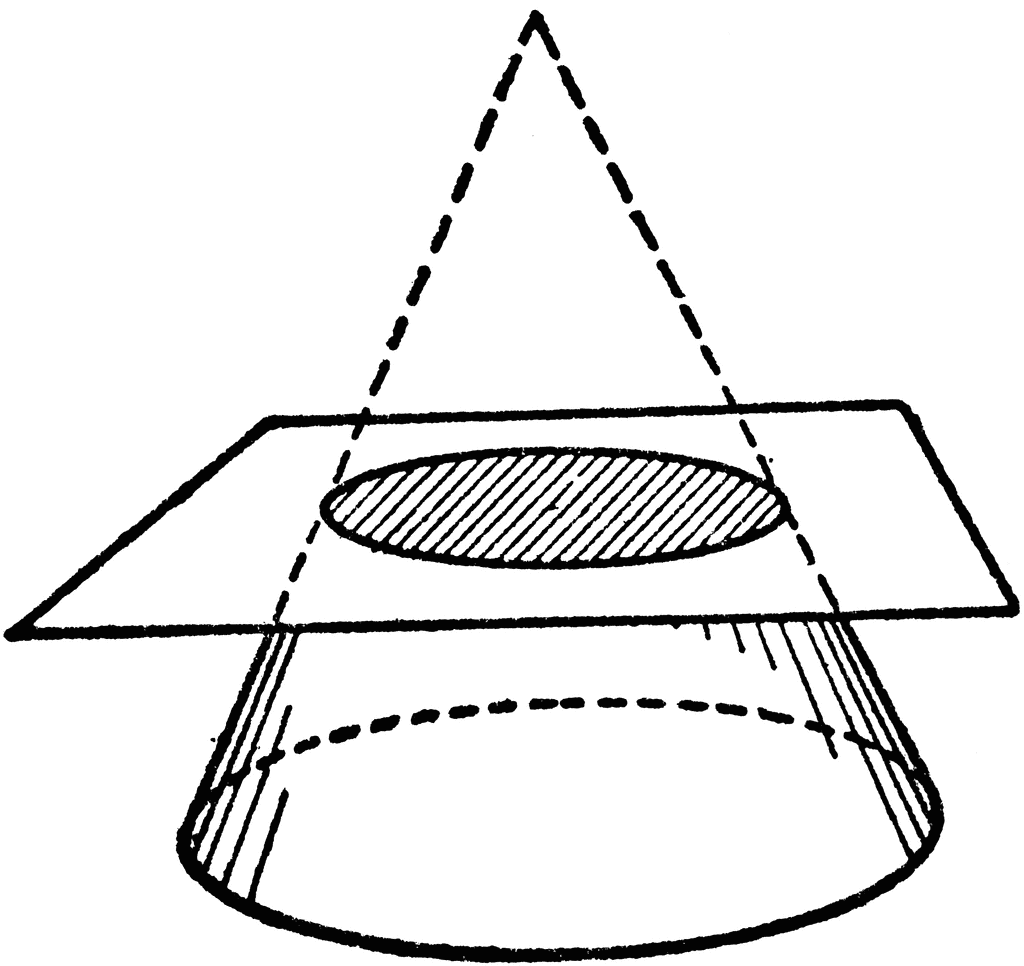IanB22
ArboristSite Operative
Take a pair of callipers and measure each tooth. I almost guarantee that one side of teeth will be longer than the other. If they are different in length they will cut wrong. Forget what the guy said, and measure with callipers the tooth length.





